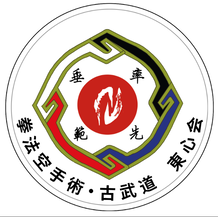|
Musings on Japanese and Ryukyu Budo
|
Categories |
Categories |
|
Musings on Japanese and Ryukyu Budo
|
Categories |
Categories |
|
International & Global Education
 In Japanese culture, the notion of the "Four Sacred Animals" is deeply entrenched in mythology and symbolism, often intertwined with the cardinal directions. Each animal is believed to possess unique traits and characteristics, which are accentuated by their association with specific directions. Let's explore each animal, their respective colours, and the qualities they embody in connection with the cardinal directions: 1. Seiryu (青龍) - Azure Dragon:
2. Suzaku (朱雀) - Vermilion Bird:
3. Byakko (白虎) - White Tiger:
4. Genbu (玄武) - Black Tortoise:
In conclusion, the Four Sacred Animals of Japanese mythology hold significant cultural and symbolic importance, each embodying distinct qualities and characteristics that are accentuated by their association with the cardinal directions. Whether it be the strength of the Azure Dragon in the East, the passion of the Vermilion Bird in the South, the courage of the White Tiger in the West, or the wisdom of the Black Tortoise in the North, these mythical creatures serve as guiding spirits, inspiring individuals to navigate life's journey with purpose and resilience. Okinawan and Japanese Budo
0 Comments
Leave a Reply. |
James M. HatchInternational Educator who happens to be passionate about Chito Ryu Karate. Born in Ireland, educated in Canada, matured in Japan Archives
June 2024
Categories
All
|